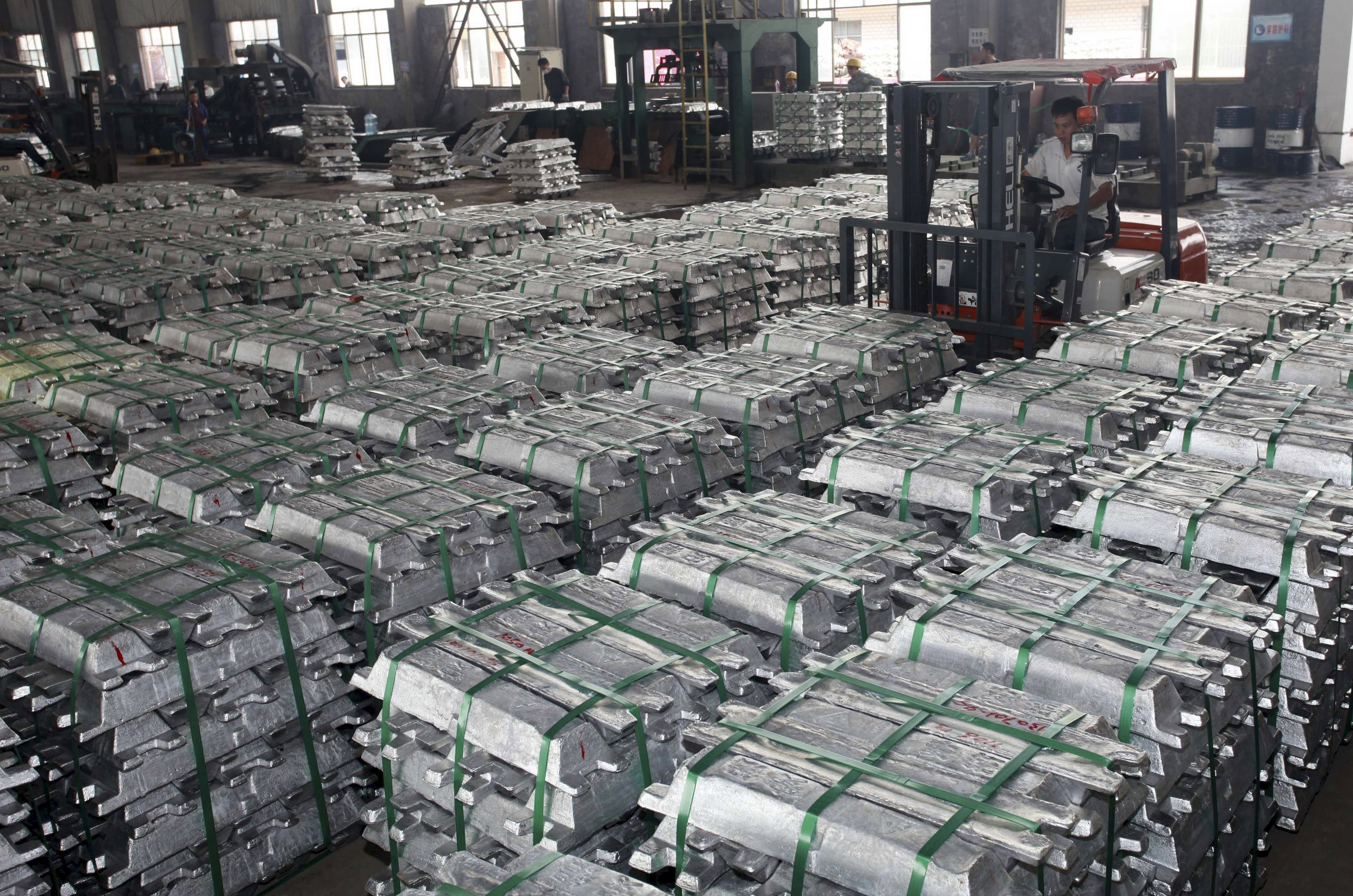
The US-China trade tensions and reports of slowing economic growth in the world’s top base metal consumer, China, shaped the trend of the base metal market in 2018.
During the first half of the year, most of the base metals surged to a multi-year high, but later showed a swift turnaround on reports of rising inventories in warehouses and forecast of feeble global economic growth.
On the LME, zinc declined the most, ending the year 2018 down more than 25 percent. Copper, nickel, lead, and aluminium prices also declined sharply. Steel prices too trended lower in the key benchmark Shanghai Futures Exchange.
Since April, the US started imposing multi-million dollar worth tariff on several goods imported from China, claiming that the country is unfairly transferring American technology and intellectual property. China retaliated by levying tariff on American products that raised concerns over a full-blown trade war between the world’s two leading economies. As a result, there were wide swings in base metals commodities during this year.
Investors grew nervous on concerns that growing trade tensions will potentially damage global economic growth and demand for base metals. Reports of feeble economic growth in China also added pressure on demand outlook. The trade dispute with the US is challenging Chinese growth outlook. A strong dollar and weakness in emerging market currencies too hit the sentiment of base metals.
Looking ahead, an immediate recovery in demand from China is least expected due to slowing industrial activity and bearish sentiments towards their economic outlook.
A strong dollar and moderate global growth outlook may also affect the sentiments. However, China would likely roll out more growth-boosting measures to ease trade frictions with the US that would eventually assist the prices later.
Aluminium
Despite the threat of trade war and concerns over demand for base metals, heightened supply worries pushed aluminium prices to a six-year high during the first half of the year. An outage of Brazil, Russian and Australian aluminium giants lead to supply tightness in the market. LME Aluminium lost about 20 percent in 2018, while in MCX, the loss was around 11 percent.
Worries over trade dispute, global growth outlook, global inventory levels and the performance of the US dollar is to weigh on the sentiments. On the domestic front, a weak local currency perhaps gives thrust to domestic prices.
Zinc
Strong property sale and the Chinese government’s push for more infra projects supported Zinc prices in the initial months of the year. However, prices nosedived later after the US and China slapped tariffs on each other’s imports, which potentially damaged global economic growth and demand for metals.
Concern over increased supply is also putting downward pressure. Zinc was the worst performing base metal in LME last year, losing more than thirty percent since hitting its highest level in February. Despite the support of a weak rupee, Indian futures prices too shed about 25 percent since January.
The outlook of zinc seems formidable due to uncertain demand prospects from the key metal market, China. A strong dollar and weak global growth forecast too will weigh on the sentiments.
Copper
Increased global inventory levels and moderate global economic growth outlook had an impact on copper prices in 2018. International Copper Study Group expects an increase in production due to higher mine productions from the world’s top producers, Chile and Indonesia, adding pressure on prices.
However, a forecast of higher global demand for copper due to increased usage for electrical, industrial, transportation and consumer needs is likely to assist prices in the near future.
Seasonal demand from China and global mine output would be the trendsetter in the international market, while the performance of INR would guide the trend of local prices.
Nickel
Unlike other base metals, nickel prices were hit moderately due to US-China trade standoff, which has upset the global growth and demand for base metals. LME prices dropped about 14 percent, domestic futures prices lost about 5 percent in the last year.
Nickel prices were insulated from a major price fall on buoyant outlook due to increased demand from electric vehicle and stainless steel industry.
Falling inventories in the LME and Shanghai warehouse pointed towards the increased demand for the commodity. Looking ahead LME prices are likely to stay firm above $10,000 a tonne but major recovery moves are unlikely at present. MCX futures likely to be congested inside Rs 560-950 on a broad basis.
Lead
After hitting its highest level in six years in February, lead prices in the key LME platform corrected sharply and closed the year 2018 down by 18 percent.
Reports of supply deficit and strong demand from electric vehicle sector for batteries supported prices in the first half of the year. However, prices nosedived later on concerns over demand from China, the top consumer.
Looking ahead, price is likely to stay inside a tight range of $1,550-2,700 a tonne mark in the LME. Declining inventory level in LME is likely to support prices during the year. LME warehouse stocks declined more than 24 percent in the previous year.
